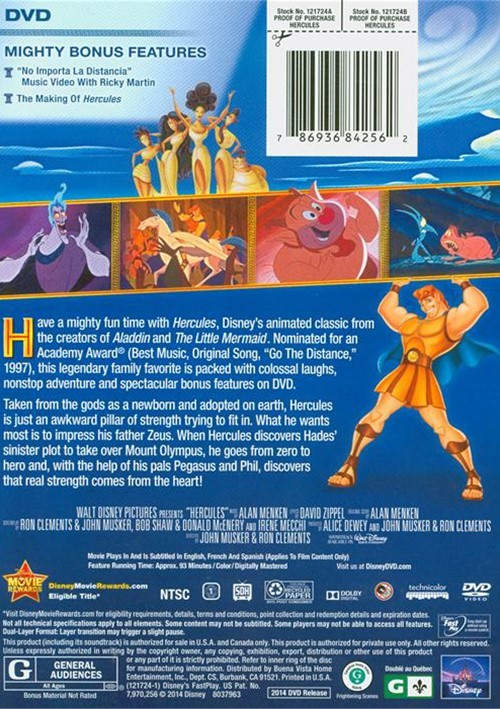How much is shipping from the EU to the U.S.?

The time to consider ocean freight comes when you are shipping freight in high volumes. From choosing the mode that's right for you to calculating transit times and costs, here is your guide to everything ocean.

Ocean Freight Meaning: What Is Ocean Freight?
Containerized ocean freight transportation involves moving goods by sea.
Transport by ocean is the most common mode for importers and exporters. Over 90% of everything is shipped by ocean freight. (By courier, standard air freight, express air freight) The other modes of international freight transportation are faster, but they are more expensive. Smaller shipments, and products with high values, are typically sent via these other modes.
bulk shipment Ocean freight can be slow, but air freight can be expensive. Some freight forwarders offer express shipping in such a case. Although nearly as fast as air freight, this option may be less expensive. This method streamlines ocean freight processes and ties in the faster ocean services with premium trucking services.
Why Ship By Sea?
Value and Capacity One container can hold 10,000 beer bottles! And ocean freight is cheaper. A shipment weighing more than 500 kg should not be sent by air freight. With this chargeable weight calculator, you can find out whether you will be charged by the actual weight or dimensional weight for your shipment. You can find live international shipping rates on our FBX index.
Less restrictions International law, national law, carrier organization regulations, as well as individual carrier regulations all play a part in defining and restricting what goods are considered dangerous for transport. Gases (such as argon) are generally restricted as air freight rather than ocean freight. lamp bulbs), all things flammable (e.g. Items that are toxic or corrosive (e.g., a Samsung Galaxy Note 7), or just things that smell nice (e.g. batteries), magnetic substances (e.g. Public health risks (e.g., speakers, oxidizers, chemical medicines) arise from drivers (e.g., air pollution). untanned hides). For more information, please see our Hazardous Material Table.
When compared to air freight, ocean freight emits very little CO2 emissions. The research found that for 5000 kilometers of ocean freight, each ton will generate 150 kilograms of CO2 emissions, while air freight emits 6605 kilograms of CO2.
ocean freight
What Are The Downsides Of Ocean Freight?
Speed aircraft are about 30 times faster than ocean liners; passenger jets cruise at 575 mph, while ocean liners steam at 16-18 mph. Obviously, shipping goods by air freight from China to the US takes at least 20 days longer than by ocean freight.
Sea freight has a much higher level of reliability due to port congestion, customs delays, and bad weather conditions. In most cases, tracking technology in air freight is more advanced than that in ocean freight. The result is that ocean freight is more likely to get lost than air freight. Particularly when the shipment is less than a container load, this is the case. Digitalization has, however, improved the reliability of ocean freight.
In contrast to air cargo, ocean freight is more likely to be damaged or destroyed. Because it is in transit for a lot longer, and because ships are subject to more movement. It's okay for ocean cargo to fall off ships. Rather than 10 thousand containers per year being lost in the drink, it's more like 546 out of 120 million movements in a year. Even less likely is piracy. Horn of Africa, Gulf of Guinea, and Malacca Straits have been hotspots recently.
Ocean Freight Services
A full container load (FCL) and a less than container load (LCL) are two additional options in ocean and sea freight services. LCL involves packing several shipments into one container. The forwarder will need to do more work, as there will be additional paperwork involved, as well as consolidating multiple shipments into a container and deconsolidating them at the other end. This gives LCL three disadvantages:
Delivery of LCL shipments takes longer than FCL shipments. LCL usually has to be extended by one or two weeks.
LCL is susceptible to damage, misplacing, and loss.
LCL costs more per cubic meter.
Considering the lower shipping rates for full containers, it might be worth using a full container once your shipment is large enough, even if your goods don't fill a full container. LCLs upgrade to FCLs at around 15 cubic meters (the smallest container is a 20 footer).
Sea Freight Rates per kg
Except for particularly heavy goods, LCL is mostly priced per volume, not by weight.
You can use the following rules as a guide to selecting the most cost-effective mode for most products:
For shipments of 500 kg and more, air freight is no longer economical.
China-US shipments take around 30-40 days by sea, and ocean freight is around $2-$4 a kg.
Taking into account about $5-8 per kilo, air freight can be economically used in China-US shipments between 150 kg and 500 kg; the process will take about 8-10 days.
A few days faster, but more expensive, is express air freight.
Express freight can be economically used for packages lighter than 150 kg.

Your freight quote includes the following costs, rates, and charges:

These items will be included on ocean freight quotes and invoices:
